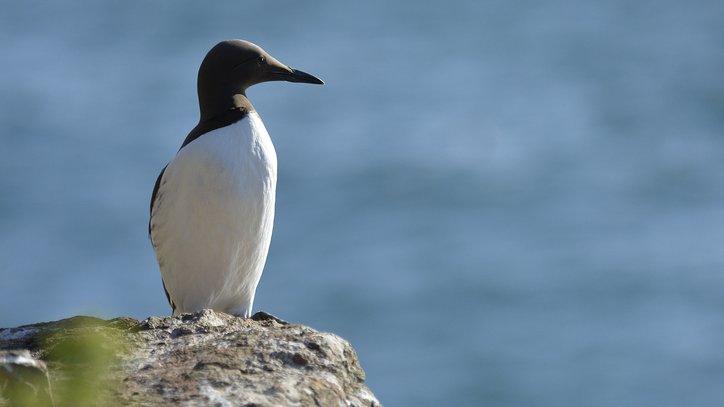There's a plan to get millions of extinct oysters back to UK waters
- Published
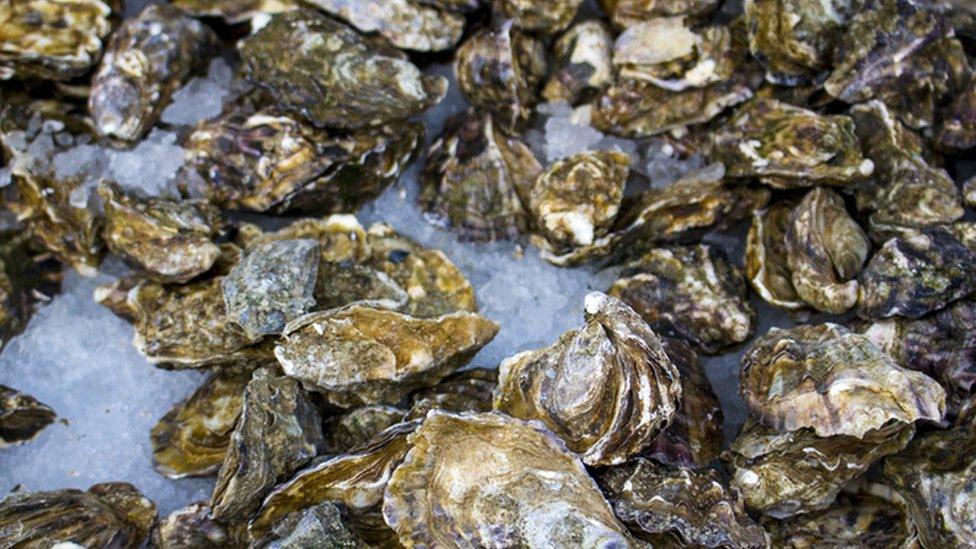
Millions of previously extinct oysters could be released in Scottish waters to help give a boost to life in the area.
Over 95% of the European native oysters have become extinct in the UK since the 1800s - one possible reason is due to overfishing.
The project to reintroduce oysters hopes to improve water quality and bio-diversity in Dornoch Firth, off the coast of northern Scotland.
Bio-diversity is all the different kinds of life you'll find in one area - animals, plants, fungi, and even microorganisms like bacteria that make up our natural world.
They all work together in communities called 'ecosystems', to help maintain and support life.
Why are oysters important?
How moving oysters can protect the marine environment
Oysters have soft bodies. Their bodies are enclosed in a rough, oval-shaped shell.
When oysters feed they take in nutrients like nitrogen, absorbing it into their shells and tissue.
While nitrogen is an essential nutrient for plants and animals, too much of it leads to a growth in algae, which can overwhelm and reduce oxygen levels in the water.
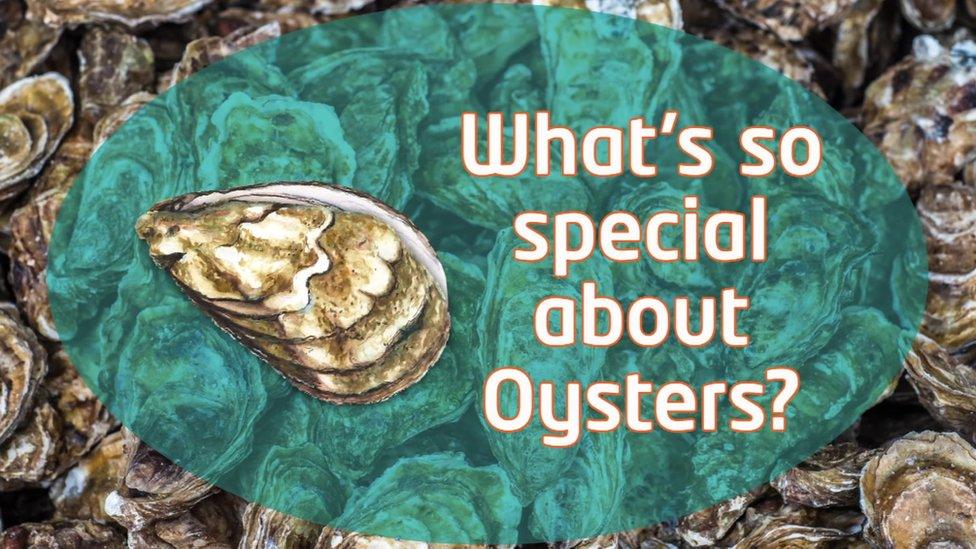
So when the Oysters reduce these nitrogen levels, they're actually improving the water quality so other fish and sea creatures can live there too.
They're also quite healthy if you choose to eat them, but only if you can get past the slimy texture!
They are low in fat, calories and cholesterol, and high in protein, iron, omega-3 fatty acids, calcium, zinc and vitamin C.
What does the project mean?
The project called Dornoch Environmental Enhancement Project actually began in 2014 and is one of many in Europe to help improve life in the waters.
In the next 10 years, four million oysters should be introduced to the area, if everything goes to plan!
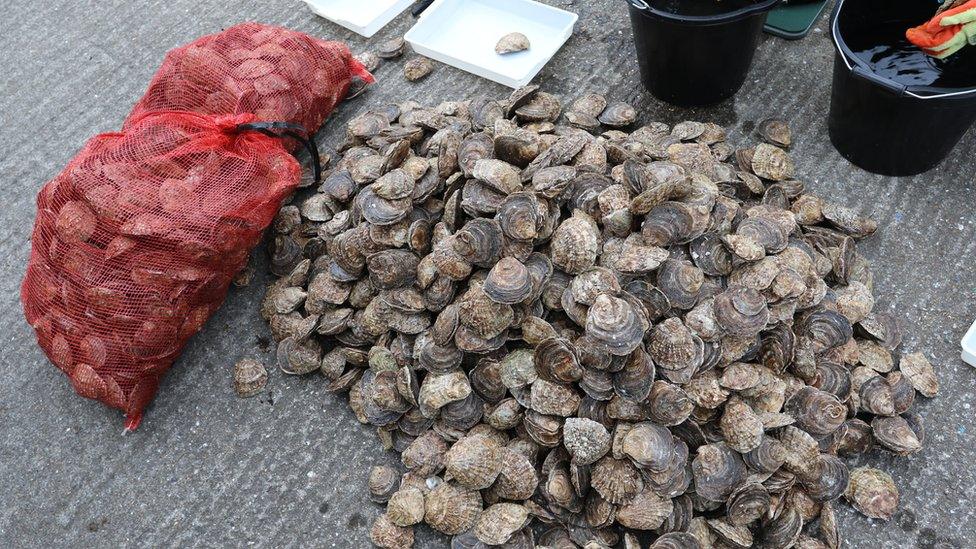
Oysters can be really rare in some parts of Britain because a lot of people fish for them!
To get an idea if the project might work, researchers from Edinburgh's Heriot-Watt University studied Scotland's last remaining native oyster fishery at Loch Ryan, in south-west Scotland.
A fishery is an area where fish are caught and since 1701 has used something called a 'rotational harvest system' - which is when different areas are fished each year and then left for six years before they are fished again.
Naomi Kennon wrote the study and said "This means the population of species will increase in a balanced way".
It is hoped that 200,000 oysters will have been restored by the end of next year.
- Published20 March 2019

- Published30 March 2023

- Published3 April 2021
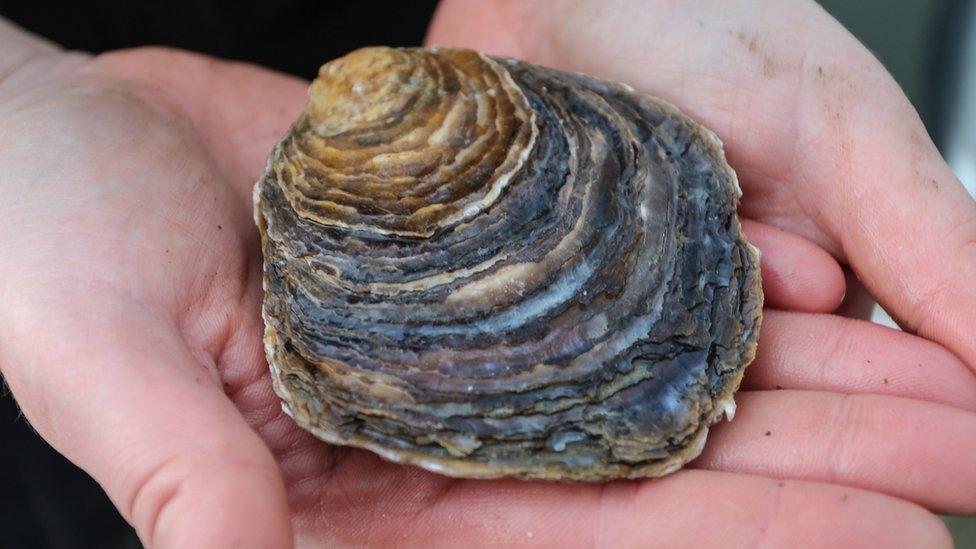
- Published13 November 2022
